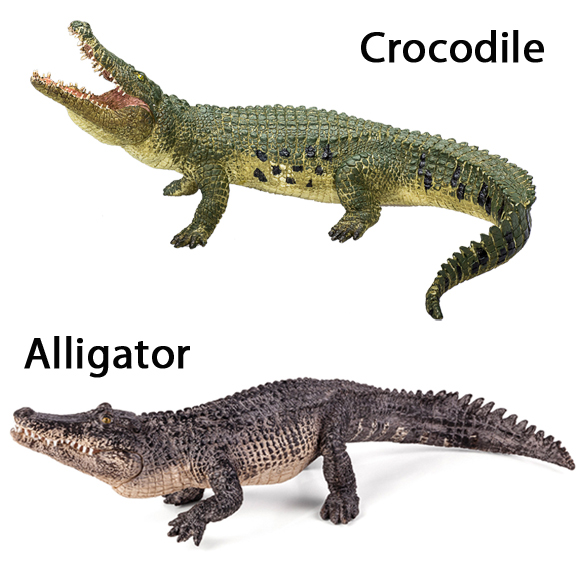Welsh Scientists Helping to Tame Real Life Dragons
Cardiff University Researchers Tagging Saltwater Crocodiles in Bid to Reduce Attacks
Researchers from Cardiff University, working in a field centre in Malaysia are attempting to track male Saltwater crocodiles in a bid to reduce attacks on plantation workers. Since a summit was held last year, a symposium exploring the reasons for the dramatic increase in such incidents, steps have been taken to reduce the threat to people from these large reptiles. The Saltwater Crocodile, otherwise known as the Estuarine Crocodile (Crocodylus porosus) is the largest extant reptile on the planet, with males reaching lengths in excess of six metres and weighing over a tonne. They range over S.E. Asia from Sri Lanka to northern Australia and these animals have a deserved reputation for man-eating.
Estuarine Crocodiles
Now scientists and researchers from Cardiff University (Wales) have the opportunity to work with real life dragons as they seek to understand more about the movements of these large crocodiles.
Dr Benoit Goossens, School of Biosciences and Director of the Danau Girang Field Centre (DGFC), stated:
“The use of land for plantations here has considerably decreased the amounts of prey available for crocodiles. This makes for a far more dangerous environment and attack rates on humans near plantations are extremely high compared to those in forested areas.”
The loss of game plus the increased numbers of people working in and around rivers is likely to result in even more crocodile attacks, unless measures are taken to control the crocodile population and to determine how to reduce the likelihood of crocodile/human encounters.
Dr Goossens added:
“By tagging large crocodiles, especially males which are potentially man-eaters, in plantation areas and forested areas, we will try to understand the movements of these large predators.”
The work marks the beginning of a long-term research and conservation programme, initiated following last year’s Human-Crocodile Conflict Symposium in Kota Kinabalu.
Dr Goossens, who is also leader of the Kinabatangan Crocodile Programme, said: the aim was to reduce fatal attacks by using the results from the tracking programme. These would provide a set of guidelines for plantation workers so they could avoid areas where large crocodiles congregate. The survey work will also benefit the crocodiles as it will lead to improved conservation methods as well as perhaps leading to a growth in “crocodile tourism”, with visitors keen to see one of the largest predators to be found in South East Asia.
Danau Girang Field Centre is a collaborative research and training facility managed by Cardiff University and Sabah Wildlife Department. Funding from Cardiff allowed the establishment of a research laboratory, a computer room, a library, the acquisition of research equipment and the employment of a Director.
Researchers haul a recently trapped 4-metre-long male Saltwater Crocodile out of the water so that a tracking device can be fitted to the animal. The crocodile nick-named “Girang” after the Field Centre was released shortly afterwards so that the scientists could begin to follow the creatures movements.
The Difference Between a Crocodile and an Alligator
It is situated in the Lower Kinabatangan Wildlife Sanctuary in Sabah, Malaysia and is surrounded by a mixture of lowland dipterocarp forest types, ranging from primary forest to disturbed secondary forest, in a matrix landscape with significant human impact including villages, small scale agriculture and oil palm plantations.
A team from the Danau Girang Field Centre, in collaboration with the Sabah Wildlife Department, recently fitted a four-metre-long male crocodile with a satellite tag so that its movements can be monitored.
For models of crocodiles and alligators (whilst stocks last): Mojo Fun Prehistoric Life Models.


